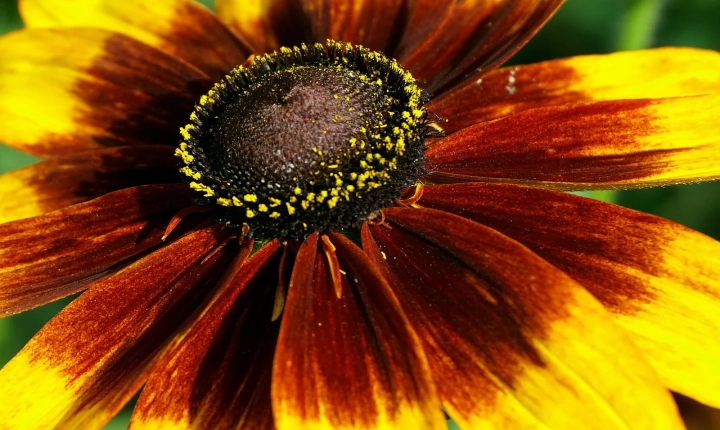Artificial insemination in mares is a widely used method for breeding horses, particularly in cases where natural breeding may not be feasible. This technique involves carefully timing and controlling the process of fertilization to increase the chances of a successful pregnancy. By understanding the basics of artificial insemination and following proper procedures, horse breeders can significantly improve the likelihood of producing healthy foals. In this article, we will explore the key steps and considerations involved in AI for mares.
1. Selecting a Qualified Veterinarian
Artificial insemination in mares should be performed by a qualified and experienced veterinarian who has expertise in equine reproduction. It is crucial to ensure that the vet is familiar with the specific reproductive processes of mares and has the necessary facilities and equipment to carry out the procedure effectively.
2. Assessing Mare’s Reproductive Health
Before proceeding with artificial insemination, the mare should undergo a thorough reproductive health assessment. This may include a physical examination, evaluation of the reproductive tract, and testing for reproductive diseases or conditions. Any health issues or abnormalities should be addressed prior to the insemination process to maximize the chances of a successful outcome.
3. Sourcing Quality Semen
Selecting the right stallion and obtaining high-quality semen are critical factors in the artificial insemination process. Breeders should work with reputable equine semen providers and consider the stallion’s genetic qualities, conformation, and performance record. Additionally, confirming the viability and quality of the semen through appropriate testing is essential before proceeding with insemination.
4. Timing the Insemination
Timing is crucial when it comes to artificially inseminating mares. Mares have specific reproductive cycles, and insemination should ideally occur when the mare is in the fertile part of her estrous cycle. A veterinarian will determine the optimal time for insemination based on the mare’s reproductive status, using techniques such as ultrasound monitoring and hormone assays.
5. Performing the Insemination Procedure
The actual insemination process involves depositing the carefully prepared semen into the mare’s uterus. This is typically done using specialized equipment and techniques to ensure precise placement of the semen for optimal fertilization. The procedure should be conducted with care and attention to minimize the risk of injury or infection to the mare.
6. Post-Insemination Care and Monitoring
Following the insemination, the mare should be closely monitored for signs of estrus, ovulation, and potential pregnancy. This may involve additional veterinary assessments, such as ultrasound examinations, to confirm the success of the insemination. If the mare becomes pregnant, ongoing care and monitoring will be necessary throughout the gestation period.
In conclusion, artificial insemination in mares is a complex process that requires careful planning, precise timing, and expert management. By working with qualified veterinarians, sourcing high-quality semen, and following proper procedures, horse breeders can maximize the likelihood of successful AI outcomes. With careful attention to every step of the process, breeders can contribute to the advancement of equine genetics and the production of healthy, high-quality foals through artificial insemination.
